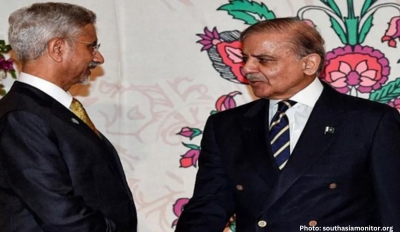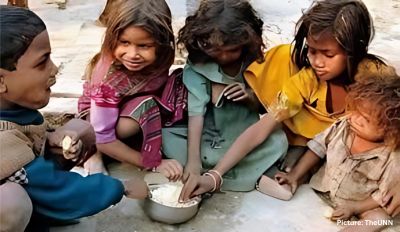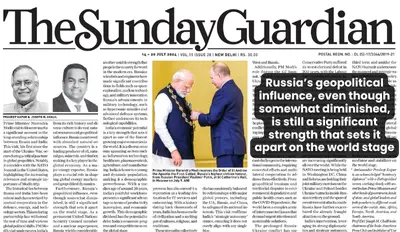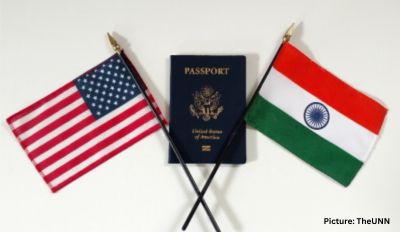It has proved hard for most Indians to better the global middle-income standard. Perhaps more than ever, India aspires to be a global economic powerhouse. This hope may have been behind the election of Prime Minister Narendra Modi, whose victory is tied by many to public faith in his economic agenda. Mr Modi, in fact, has launched a “Make in India”campaign that aims directly to boost investment and manufacturing in the country. The focus on economic issues is evident online: a Google search for “Narendra Modi and India’s middle class” yields more than one million results.
But exactly how big is the Indian middle class? And how does its size and growth compare with the rest of the world’s? The short answers to these questions are “not so big” and “not very well.” These findings emerge from a recent Pew Research Center study that looked at the size and the growth of the global middle class from 2001 to 2011 by analysing data for 111 countries.
India lags in key respects. Only 3% of India’s population in 2011 — 32 million people — fell into the middle-income bracket. Some eight million, or about 1%, were upper-middle income or better off. The vast majority of India’s population is estimated to be either poor (20%) or low income (77%), about 1.2 billion people in all.
By contrast, 13% of the world’s population could be considered middle income in 2011, more than four times the share of India’s population that is middle income. India also falls behind in higher-income brackets: 16% of the global population lives at the upper-middle income level or better. Like most Indians, however, most people worldwide were also either poor (15%) or low income (56%) in 2011.
In the Pew Research study, people living on $10-20 a day are considered middle income.There is a growing consensus among economists that the $10 threshold is sufficiently removed from poverty — $2 or less per day by the global standard — and represents a modicum of economic security. At the same time, the threshold is modest by the standards of advanced nations, in many of which median incomes are greater than $50 per day per capita.
 To Indians, the global middle-income threshold of $10 means living on Rs 150 per day. For an Indian family of four, attaining middle-income status requires bringing home more than Rs 18,200 monthly or about Rs 220,000 annually. (The conversions are done at 2011 purchasing power parity rates, which are exchange rates adjusted for differences in the prices of goods and services across countries, and expressed in 2011 prices.)
To Indians, the global middle-income threshold of $10 means living on Rs 150 per day. For an Indian family of four, attaining middle-income status requires bringing home more than Rs 18,200 monthly or about Rs 220,000 annually. (The conversions are done at 2011 purchasing power parity rates, which are exchange rates adjusted for differences in the prices of goods and services across countries, and expressed in 2011 prices.)
It has proved hard for most Indians to better the global middle-income standard. Leaving aside the Pew Research study, India’s National Sample Survey, whose 68th round was conducted in 2011-12, found that, on average, a rural family of four lived on Rs 5,720 per month. In urban areas, a family of four lived on an average of Rs 10,519 per month. These data confirm that the typical Indian family lives on budgets that are mere fractions of the global middle-income threshold.
To be sure, India cut poverty dramatically. The share of India’s population living on $2 or less daily fell from 35% in 2001 to 20% in 2011, which meant that 133 million Indians were pulled out of poverty. But this mainly resulted in an increase in the share of its low-income population (daily budget of $2-10) from 63% to 77%.
Even as prospects for a sizable Indian middle class appear to languish, China’s surged from 2001 to 2011.The sizes of the India’s and China’s middle classes were close at the start of the 21st century: In 2001, 1% of Indians were middle income, compared with 3% of Chinese. But by 2011, the share of Chinese who were middle income jumped to 18% while the share of Indians in the middle-income bracket inched up to only 3%.
India trails China in part because the economic reforms Delhi launched in 1991 came more than a decade after Beijing’sin the late 1970s. Analysts also note that reforms cut deeper and reached farther within China’s economy, resulting in superior outcomes.
How does India compare with other BRICS in building its middle class? Not favourably. Russia leads the group, with the middle-income bracket accounting for 37% of its population in 2011. Brazil, with 28%, and South Africa, with 14%, also lead India by substantial margins. Compared with India, these countries, and China, also have higher shares of their populations living in the upper-middle income ($10-50 daily) or high-income (more than $50 daily) brackets.
It is possible that the size of India’s middle class is underestimated. Alternative estimates suggest that the middle class may account for between 5% and 10% of India’s population. Like the Pew Research study, these estimates use the $10 threshold for entry into the middle class. But they also encompass people living on as much as $50 per day and draw on other data sources. Even if as many as 10% of Indians are in the middle class, about one billion are still aspiring to join it. Many Indians remain optimistic that Modi’s economic agenda will deliver success in the near future. No one has a crystal ball. But whether the goal is “Make in India” or “Make for India,” the magnitude of the challenge is clear.






